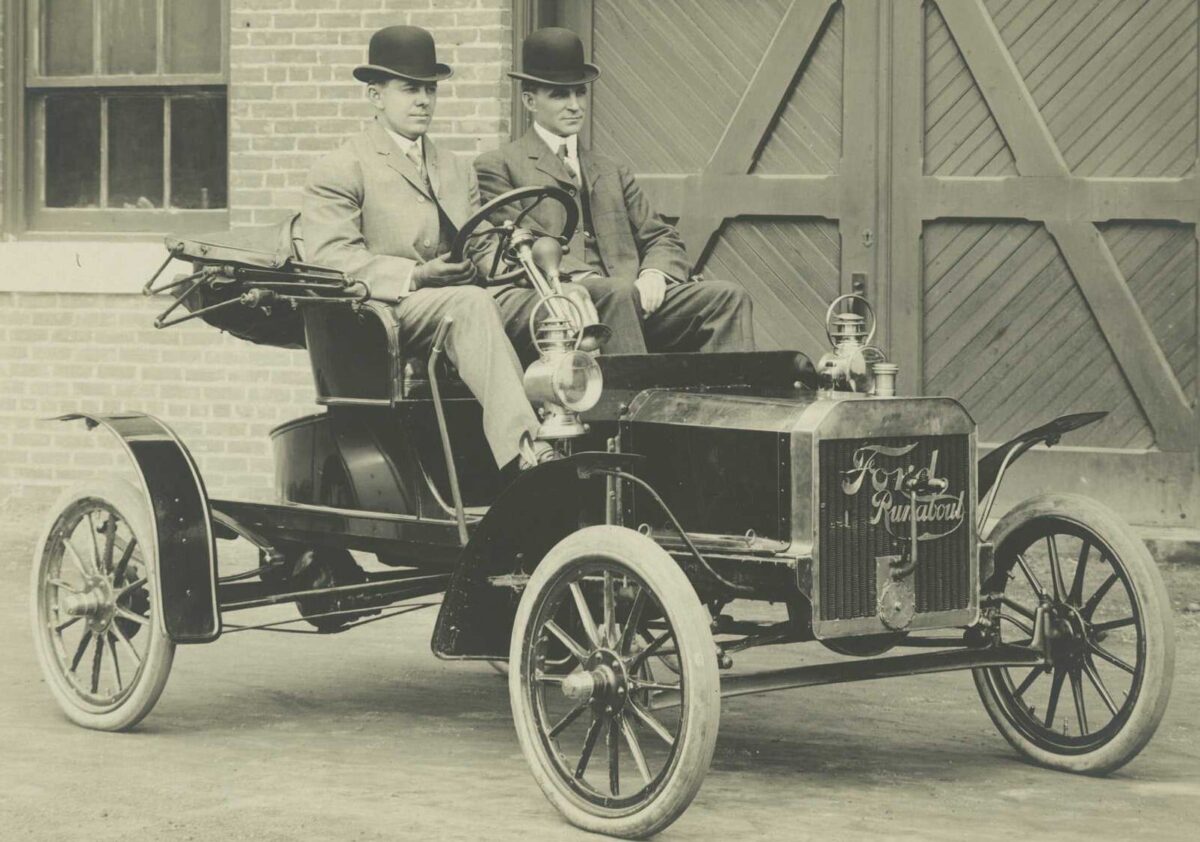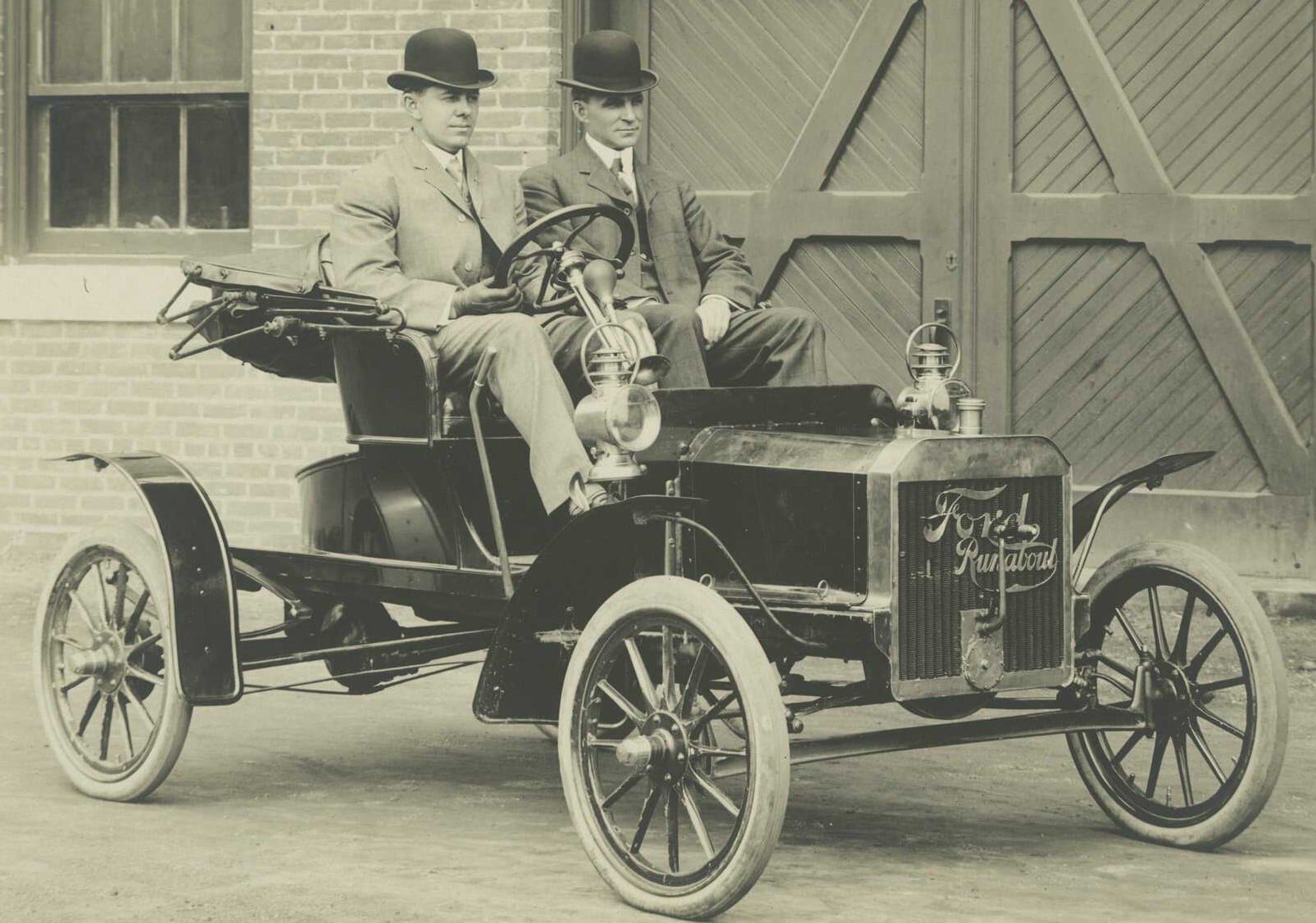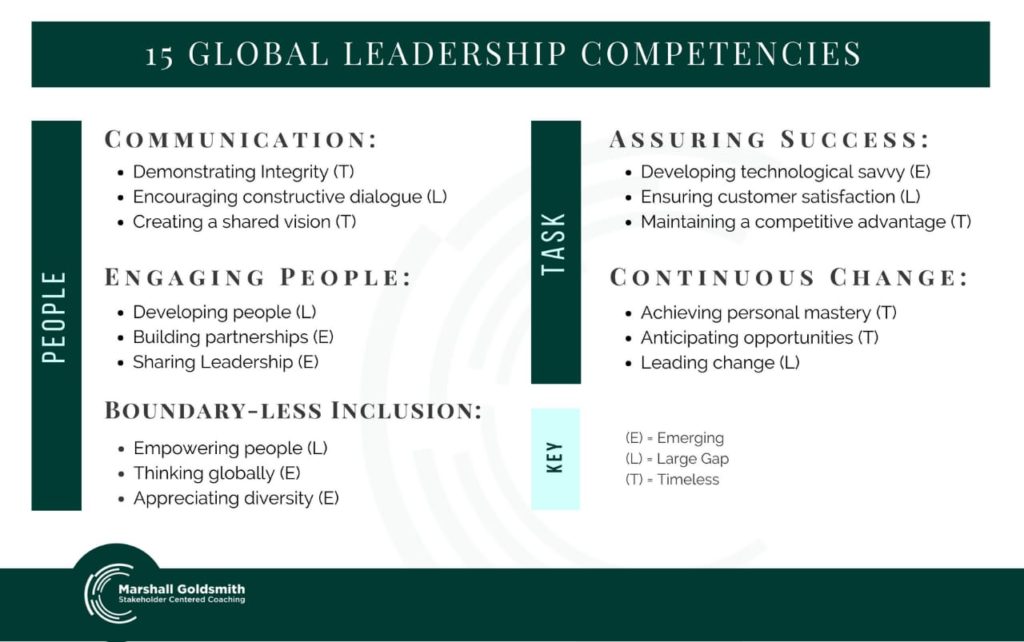What is extreme ownership? As a leader would you like to inspire an organizational culture of “extreme ownership” in your team members? What kind of organizational culture would it create for your teams? What can it do for team performance and team effectiveness? How will it help improve your leaders in 2020 and spark an organizational culture transformation in your organization?
Ramadi, the hot spot of insurgency during the Iraq war
In the spring of 2006, Jocko Willink, a Navy seal for US armed forces, was stationed in Ramadi, Iraq. Ramadi was the hotspot of insurgency in post-war Iraq. Terrorists controlled the Ramadi area by any means necessary – urban warfare, torture, murders, and even rapes. US forces suffered heavy casualties as the terrorists were improvising and using advanced tactics. Jocko Willink and Leif Babin’s Navy SEAL unit faced an impossible mission: help U.S. forces secure Ramadi, a city deemed “all but lost.”
The unfortunate incident that inspired extreme ownership
One morning Jocko was in charge of an operation in a suburb of Ramadi. It was a combined and complex operation involving the navy seals, US army soldiers, and US marines. Their instruction was to clear outbuildings and set up positions to fight the enemy. Friendly Iraqi soldiers were to arrive later to provide additional support.
Jocko’s team, the navy seals were engaged in a heavy gunfight while attempting to evacuate a particular building. Jocko heard on the radio that a friendly Iraqi soldier was shot. The team immediately called in for the support of heavily armored ground troops and air support to strike that particular building. With the morning fog came the fog of war – bringing with it the chaos and the confusion – gunfire, enemy attacks, screaming, wounded and bloodied soldiers, and even death.
A big mistake
Even through this confusion, Jocko’s gut instinct told him that something wasn’t right. He called in to hold off on the airstrike and went to the building to assess the situation himself. He discovered that the navy seal team wasn’t firing on the enemy, but firing on their own men inside the building! Call it the confusion of war, an error of judgment, bad luck or even blame it on Murphy’s law – But Jocko’s team had committed one of the cardinal crimes of war – firing on their own people! The causalities were one Iraqi soldier dead, two wounded, one navy seal injured and everyone on the team shaken!
When Jocko went back to the command center, he found an email waiting from his commanding officer asking him to shut down all operations and wait for them to arrive at the scene. Unfortunately, the email had arrived just after he had left to go to the scene of the event and check things himself. Now Jocko had to report the incident up the chain of command, and there would be a postmortem done.
Who was at fault? Pass on the blame or take extreme ownership?
The senior officers were determined to find out what went wrong and who was responsible. Jocko had to be ready for his debriefing. He understood that someone had to be held accountable and would be fired for this horrible incident. He went over the details of the terrible incident to figure out what may have caused this grave error in the planning and execution of this mission. He found that there was plenty of blame to go around!
But he didn’t feel that it was the right thing to do. He wondered what would happen to the morale of the team if he pointed fingers at some of the team members whose actions may have contributed to this grave incident. When he was just minutes away from the debriefing, he suddenly realized whose fault it was. There was a single person responsible for this entire mess.
When he walked into the debriefing room, the senior officers and his team members, including the wounded navy seals, were eagerly waiting for his answers. Jocko’s commanding officers and his team members may have expected finger-pointing and blame to be passed on to others. Commanding officers may have been ready to “investigate” him and team members may have been ready to “defend” themselves.

Extreme Ownership
Jocko said that he knew that there was a single person he had identified who was responsible for this unfortunate and horrible incident. Who was that person? Jocko said that it was his OWN fault. As the leader in charge of the operation, he took complete and full responsibility for the incident. If the seniors thought that he should be fired, he was ready to accept the punishment. He understood clearly that if his team had to put things behind and bounce back to normal, he himself had to take complete and total responsibility. But when Jocko took “extreme ownership” and complete blame, something strange started happening!
Inspiring Extreme Ownership in others
One after another, the team members raised their hands and shouted that it was their fault! “I didn’t keep the Iraqi soldiers updated of our mission.” “I didn’t pass the information over the radio quick enough.” “I didn’t identify my target correctly and shot an Iraqi soldier.” Many of the team members admitted to their role that may have caused things to get out of hand. Instead of passing on the blame or defending themselves, the team members were taking responsibility for their own actions!
Jocko didn’t get fired! Because Jocko had taken full responsibility, the team members trusted him even more than before. Their respect for Jocko had increased. They realized that Jocko really “had their back” and would never dodge responsibility and would never pass the blame. When their leader took “extreme ownership” it inspired the team to take ownership instead of passing on the blame.
Imagine what would have happened if Jocko had passed on the blame to other members on the team. Would it have inspired ownership? Would it have helped build trust? Would the team’s subsequent performance be hampered? That is the difference between a leader taking complete responsibility and ownership – even when there are things that are out of the leader’s control – vs. leader passing on the blame and creating a toxic leadership culture.
Jocko then promised to everyone that he would never let this happen under his watch. He outlined his plan – new tactics, new procedures, and new training – to ensure that this never happened again.

Extreme Ownership is a game-changer in 2020
What a leader does when things go wrong, can either inspire an organizational culture of ownership or instigate an organizational culture of blame and passing the buck. As a leader, don’t make excuses. Don’t pass on the blame. Don’t let your ego get the better of you. Swallow your pride. Even when there are situations and circumstances that are beyond your control, take complete responsibility! For everything! Your mistakes, your shortcomings, and team results. Don’t we take complete responsibility for successes as a leader? Why not take complete responsibility for the problems and failures?
In battle and in business as well as in life – a leader must take “extreme ownership”. It is a game-changer! It inspires the team members to do the same. It transforms team culture. It lights the fire in people to take their performance to the next level. It is a leadership super-power!
Read: Leadership development plan example template – a real-life case study
How do your extreme ownership as your organization culture?
Would you like the leaders in your organization to become better leaders? Take more responsibility and ownership instead of passing the buck? Even extreme ownership like Jocko Willink did? We help leaders do just that – take ownership of their behaviors and outcomes through the process of feedback and feed-forward using Dr. Marshall Goldsmith’s stakeholder centered leadership coaching.
Why is coaching important in leadership development? How is it beneficial? Leadership coaching is the most effective way to ensure that leadership improvement takes place. That leader takes ownership and responsibility for her behavior and results. Executive education and training programs help in creating awareness for change – however behavior change requires customized solutions and consistent follow-up and accountability, which executive coaching provides by its design.
Marshall Goldsmith executive coaching is one of the best leadership development programs available in India and worldwide through a network of more than 3500 coaches who provide the same consistent executive coaching process that has been used by many of the Fortune 500 companies for their leadership development coaching programs.
We offer Marshall Goldsmith coaching in India, the middle east, and southeast Asia. It is the best coaching program in India because it is exactly the same executive coaching process used by Marshall Goldsmith to coach CEOs of Fortune 500 companies worldwide and we guarantee measurable leadership growth or you don’t pay at all.
Here are some of the features of Marshall Goldsmith executive coaching program
- Guaranteed, measurable leadership growth as assessed – not by us – but by the leader’s own stakeholders
- Unlike leadership training or executive education programs, the entire team will be involved while doing their day to day work
- The leader becomes the coach and it has a cascading effect on the team increasing the team effectiveness and improving organizational culture
- It is a system for continuous improvement for leaders themselves and their teams – although it is leadership coaching for the individual leader, the benefit of team coaching is realized through the involvement of the entire team
- In a study of 11,000 leaders on 4 continents – 95% of the leaders using this leadership coaching process improved!
- This is the exact same executive coaching process that has been used by 150 of the Fortune 500 companies to grow their leaders through CEO coaching and leadership coaching at C-suite levels
- We are so confident of the process that we work on a no growth no pay basis (don’t try that with other vendors, lol!)
Schedule an exploratory 15-minute conversation with our leadership adviser today
Click the button below
Or call/WhatsApp on
For India : +91-6352681614
For USA : +1-772-801-6109
References
Book – Extreme ownership
Deliberate practice article by James Clear – https://jamesclear.com/deliberate-practice-theory











